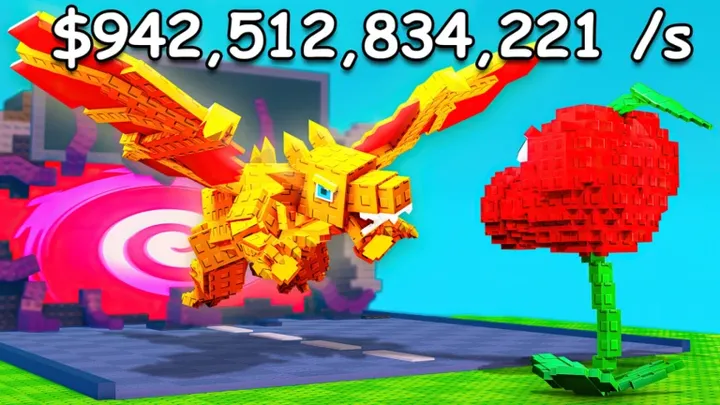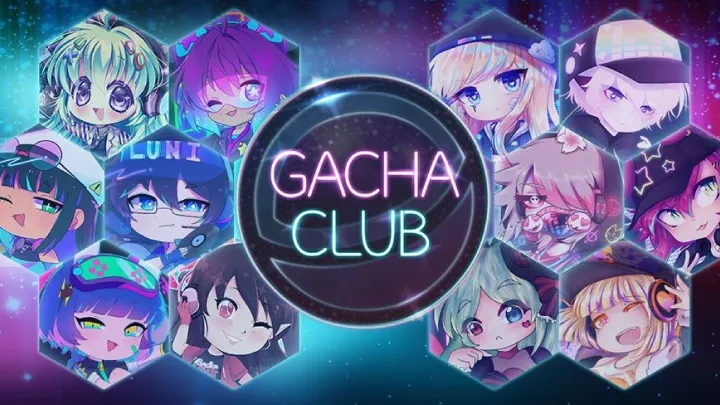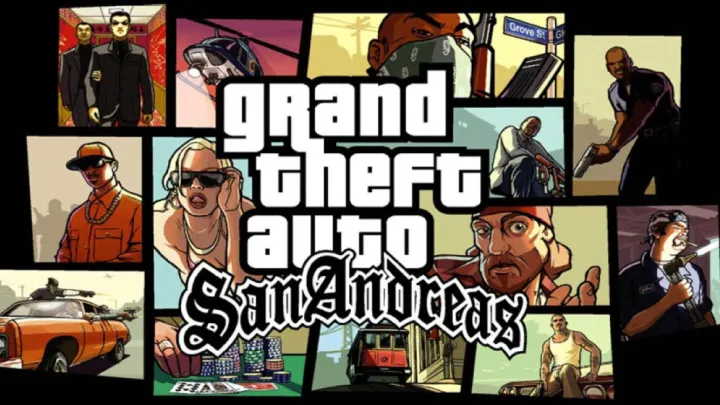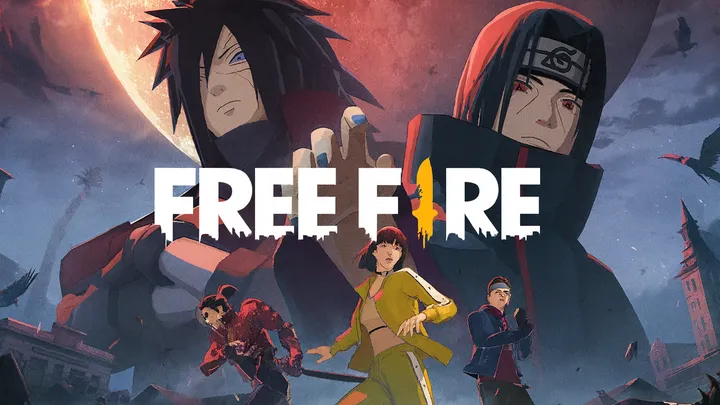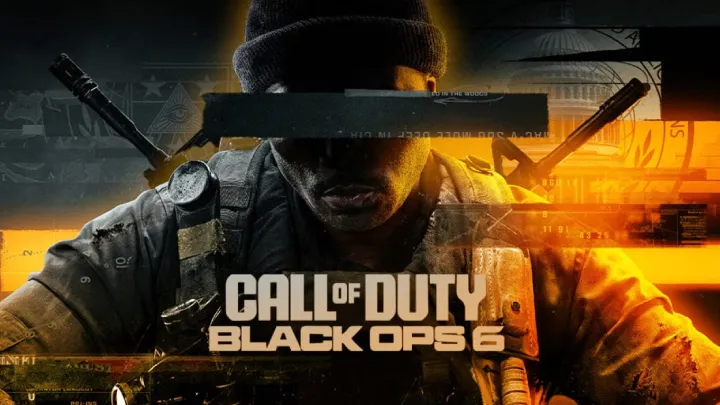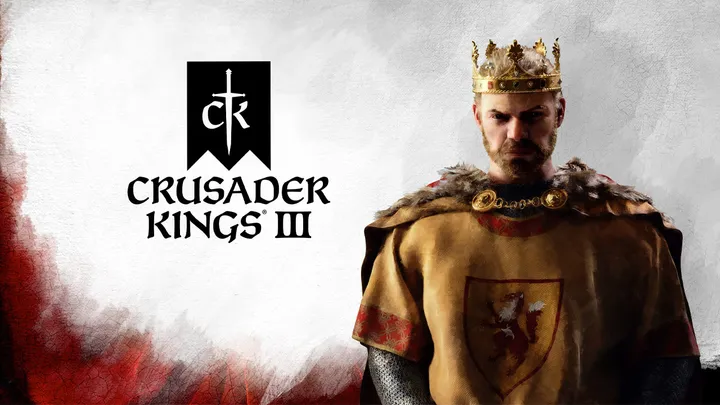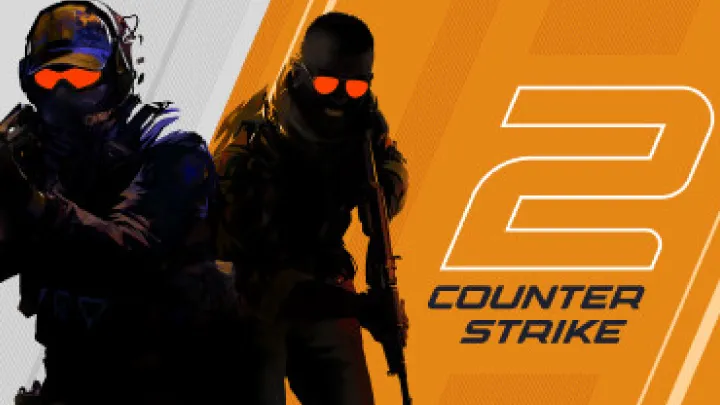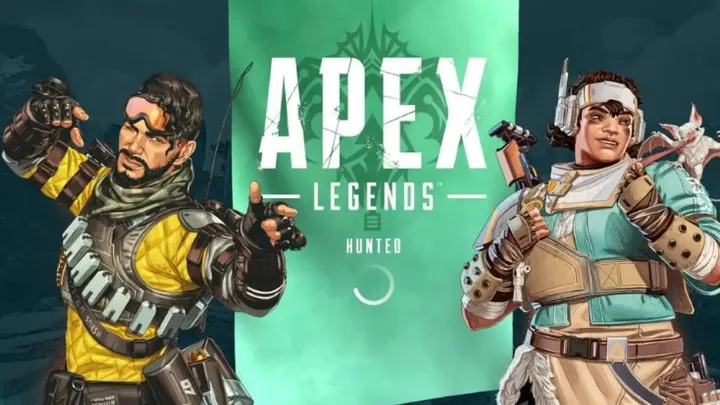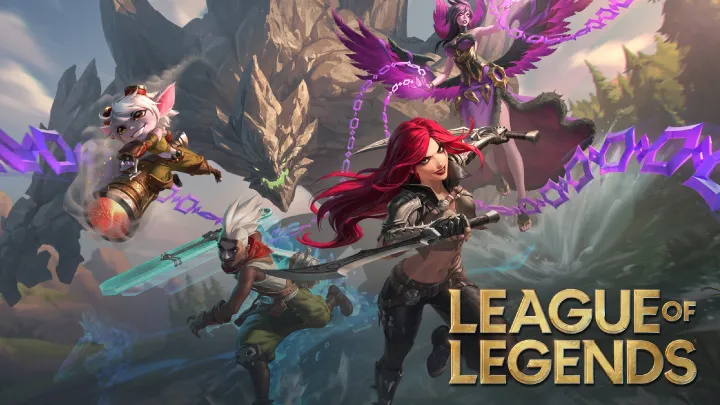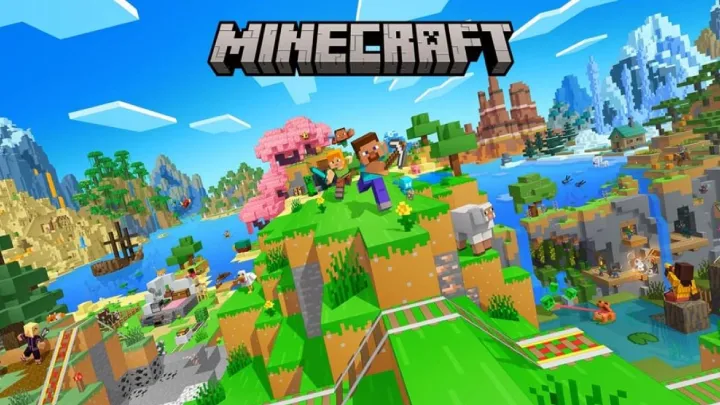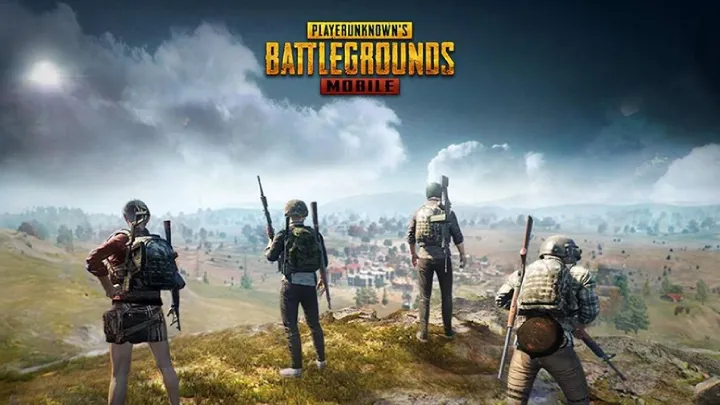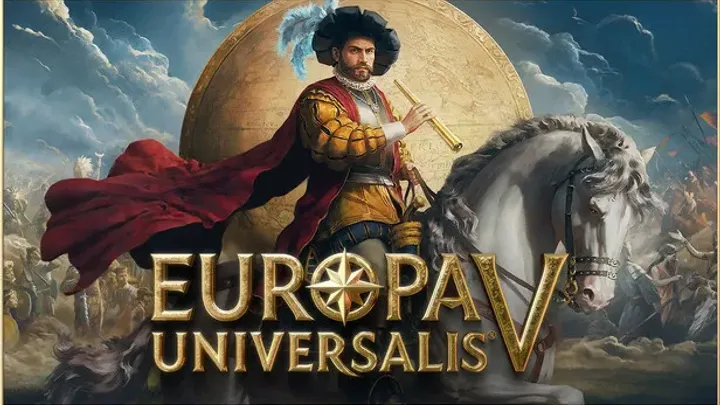Introduction
99 Nights in the Forest is a survival-horror experience inside Roblox that has quickly gained massive attention. Developed by Grandma’s Favourite Games, it places players in a dark, hostile forest where the goal is simple in theory but daunting in practice: survive 99 consecutive nights against terrifying threats. Its combination of social play, horror tension, and resource management makes it one of the most talked-about survival games on Roblox in recent years.
Narrative & Atmosphere
- Premise: Players take on the role of survivors stranded in a mysterious forest filled with lurking dangers. As nights pass, enemies grow stronger and more aggressive.
- Objective: Beyond mere survival, players must also rescue kidnapped children hidden within the forest. Each rescue reduces the total nights required, adding urgency and emotional stakes.
- Tone: The game leans heavily into atmosphere—dark woods, haunting sound design, and unpredictable enemy encounters give players constant tension.
Core Gameplay Loop
- Resource Gathering – Players must collect wood, food, and other supplies to sustain themselves.
- Camp Management – Keeping the fire alive at night is crucial to survival, acting as both light and protection.
- Combat & Defense – Players must fend off cultists, animals, and monstrous forest dwellers.
- Exploration & Rescue – Locating and saving children is a central mission that changes the length of survival needed.
- Survive the Nights – The ultimate challenge is to endure all 99 nights, though survival can continue beyond that for those who wish.
Progression Systems
- Classes: Players can choose different survivor types, each with unique strengths. Some roles excel in crafting, while others are better in combat.
- Upgrades: Over time, players improve weapons, tools, and defenses, which are essential as enemies become deadlier.
- Badges & Achievements: Tasks like hunting, trading, or surviving a set number of nights reward badges that add replay value.
- Scaling Challenge: Nights gradually increase in difficulty, forcing players to adapt strategies and coordinate with teammates.
Strengths
- Tense Horror Survival: The escalating threat each night creates real suspense and urgency.
- Social Experience: Playing with friends makes survival more engaging and strategic, turning fear into teamwork.
- Replay Value: Multiple classes, branching approaches, and optional endless survival keep players returning.
- Unique Concept: The idea of enduring 99 nights with rescue objectives stands out from typical Roblox survival games.
- Community Buzz: The game’s rapid rise in popularity shows its broad appeal among both casual and core Roblox players.
Weaknesses
- Repetition After Milestones: Once the children are rescued, some players feel the loop becomes less rewarding.
- Performance Issues: Extended play sessions may cause lag or crashes, especially in crowded servers.
- Limited Endgame Depth: Beyond surviving all nights, there are no additional modes or structured endings.
- Challenging for Solo Play: The game is best enjoyed in groups; solo players may find it frustratingly difficult.
- No Save System: Long runs without saving can be punishing for players with limited time.
Community Reception
Players highlight the game’s originality compared to typical Roblox simulators, praising its mix of horror and survival strategy. Many enjoy the cooperative aspect, noting that it feels far more rewarding with friends. However, a common critique is that after the initial thrill of rescuing children and facing escalating nights, the core loop can start to feel repetitive. Technical stability is another frequent request, with players asking for better optimization to avoid crashes during long survival runs.
Final Verdict
Roblox: 99 Nights in the Forest is a compelling survival-horror experience that has raised the bar for what Roblox games can deliver. Its tense nights, cooperative play, and mix of exploration and moral urgency make it stand out. While it suffers from repetition and technical limitations, the foundation is strong, and its popularity shows how much players crave unique, atmospheric survival content within Roblox.



















































